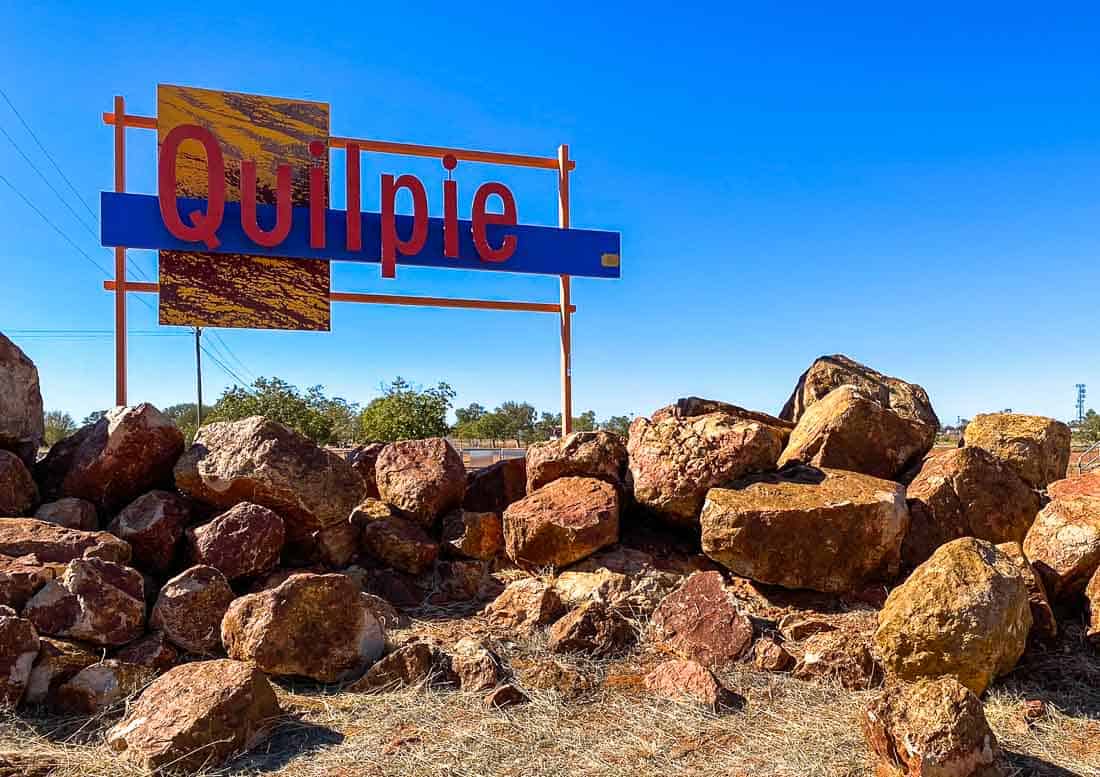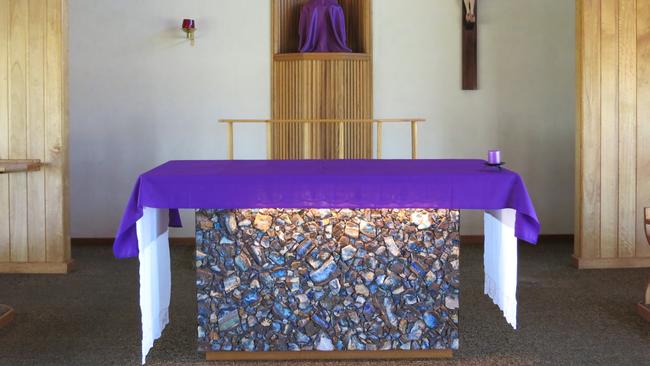Quilpie: The Heart of Opal Country
Located in the remote Channel Country of South West Queensland, Quilpie is known as one of the most significant sources of boulder opal in the world. With a rich history in opal mining, unique geological features, and several notable gemstone discoveries, Quilpie has become a key destination for opal enthusiasts, geologists, and travellers interested in Australia's natural treasures.

Brief History of Opal Mining in Quilpie
Opal mining in Quilpie began in the early 1900s, following the discovery of precious opal in the surrounding region. The official township was established in 1917, largely due to the extension of the railway and the growing interest in opal production. As demand for opals grew both in Australia and internationally, the area became a centre for miners and prospectors hoping to find their fortune.
Unlike larger industrial operations found elsewhere, Quilpie’s opal mining developed through small-scale, independent miners working family-run claims. Early miners used simple tools like picks, shovels, and hand-operated drills. Living in remote and harsh conditions, they played a vital role in building the town’s strong community spirit and reputation as a key opal district.
Today, the legacy of these early miners remains an important part of Quilpie’s identity. While some mining operations have become more mechanised, much of the work is still carried out by individual miners or small teams using traditional techniques.
Types of Opal
Quilpie is best known for producing boulder opal, a rare and valuable type of opal unique to Queensland. Boulder opal forms in cracks and cavities within ironstone boulders. It features vivid colour play—known as "opalescence"—that appears in thin seams across the stone’s natural ironstone backing.
The presence of the ironstone gives boulder opals a unique look and added strength, making them highly durable for use in jewellery. Boulder opals are also highly valued for their variety and depth of colour, which can include bright blues, greens, oranges, reds, and purples. No two pieces are alike, which makes them especially desirable to collectors and designers.
Other types of opal found in the wider region may include potch and colour (common opal with some flashes of colour), though these are less commercially sought after than true gem-quality boulder opal.
Famous Opals from Quilpie
While many of Quilpie’s opal discoveries have been made by individual miners and collectors, one of the town’s most iconic opal displays is found in an unexpected place—St. Finbarr’s Catholic Church. This small but historically significant church houses a remarkable opal altar, made entirely from locally sourced boulder opal.
Commissioned in the 1970s, the altar was crafted using opalised ironstone donated by local opal pioneer Des Burton, often referred to as the "father of the boulder opal industry." The altar, lectern, and font feature rich seams of colourful opal running through ironstone, showcasing the natural beauty of the region’s gemstone in a uniquely spiritual setting. It's one of the only places in the world where opal is used in a religious monument, making it a truly one-of-a-kind attraction.

The opal altar has become a symbol of Quilpie’s deep connection to the gemstone industry and serves as a cultural highlight for visitors to the town. It reflects not only the geological richness of the region but also the pride and identity of a community shaped by the opal fields.